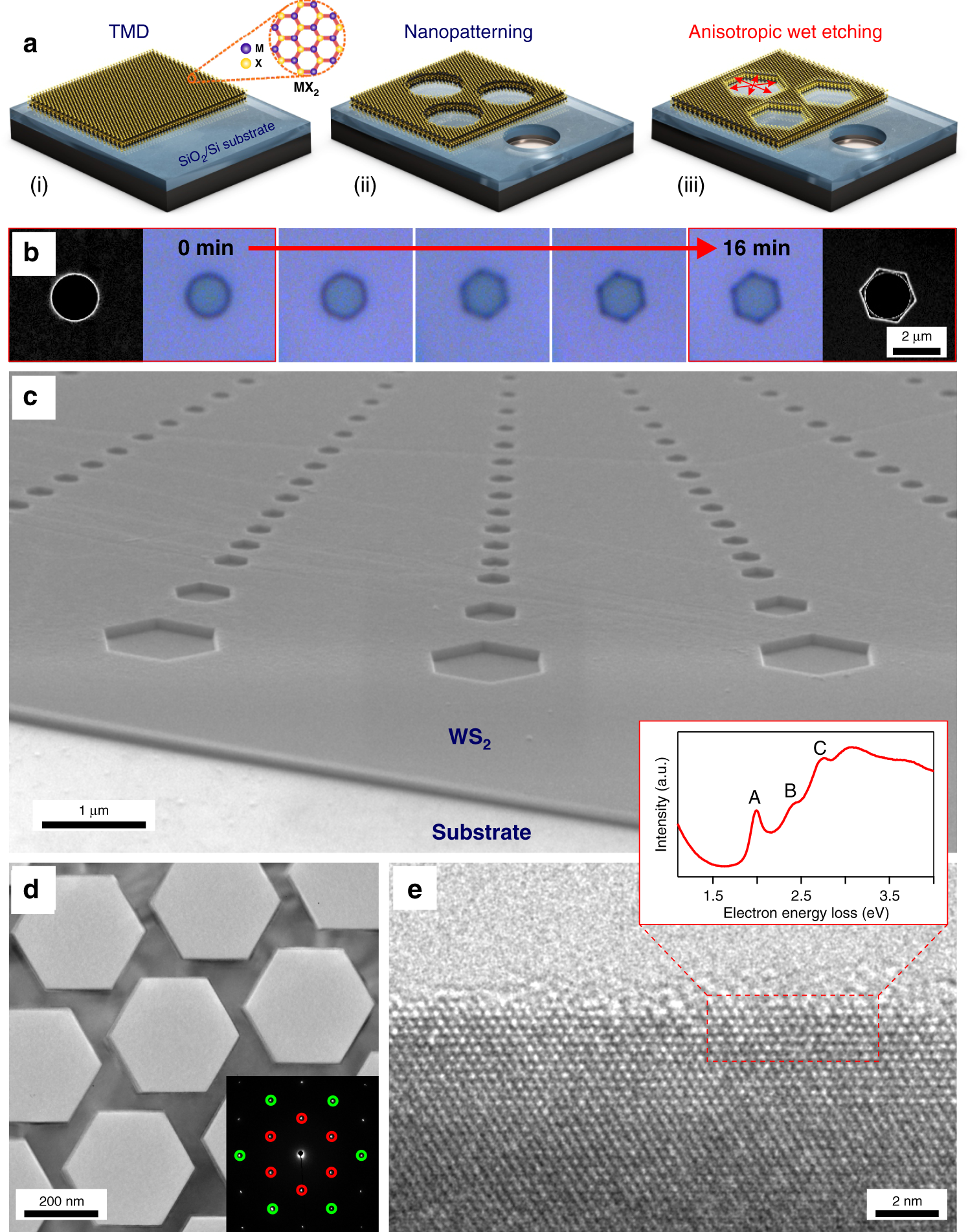
Regardless of the additional fundamental and technological challenges, which were brought up from a CIGS thickness lower than the necessary for a complete solar spectrum harvested in the absorber, the transfer to an ultrathin technology requires a deep knowledge on the thin film solar cell technology.Ĭomputational simulation, or also called in-silico experiments, has become widely accepted as “Third Pillar of 21 st Century Science”, along with theory and experimentation. The CIGS exquisite optoelectronic properties and well-established performance raised the interest in an additional branch to thin film technology, where a drastic decrease of the CIGS layer thickness from a thin (2000 nm) absorber to a submicrometer range, has been developed, welcoming the ultrathin technology. The technology evolution results from a continuous search, exploration, and implementation of different approaches to improve CIGS optoelectronic properties, such as: out of stoichiometric growth, alkali doping, bandgap engineering, among others 5, 6. Nonetheless, CIGS is a complex quaternary compound, being its solar cell architecture no less complicated 3, 4. In the last decade, CIGS thin film solar cells world record efficiency value was surpassed 11 times, showing the technology’s notable progress 2. The developed light management architectures enabled to push the optical performance of an ultrathin solar cell and even surpass the performance of a thin film solar cell, enabling a short-circuit current enhancement of 6.15 mA/cm 2 over an ultrathin reference device, without any light management integrated.Ĭurrently, Cu(In,Ga)Se 2 (CIGS) thin film solar cells are a mature photovoltaic technology, with a power conversion efficiency world record value of 23.35 % 1. As a result, it was possible to obtain accurate descriptions of the optoelectronic behavior of thin and ultrathin solar cells, and to perform an optical study and optimization of novel light management approaches, such as, random texturization, photonic nanostructures, plasmonic nanoparticles, among others. Precise CIGS finite-difference time-domain (FDTD) and 3D-drift diffusion baseline models were developed for the Lumerical suite and a 1D electrical model for SCAPS, allowing for an accurate description of the optoelectronic behavior and response of thin and ultrathin CIGS solar cells. The use of sub-μm ultrathin CIGS solar cells has been gaining prevalence, due to the reduction in material consumption and the manufacturing time.

Cu(In,Ga)Se 2 (CIGS) thin film solar cells stand out due to their class leading power conversion efficiency of 23.35 %, flexibility, and low cost.

One of the trends making its way through the Photovoltaics (PV) industry, is the search for new application possibilities.


 0 kommentar(er)
0 kommentar(er)
